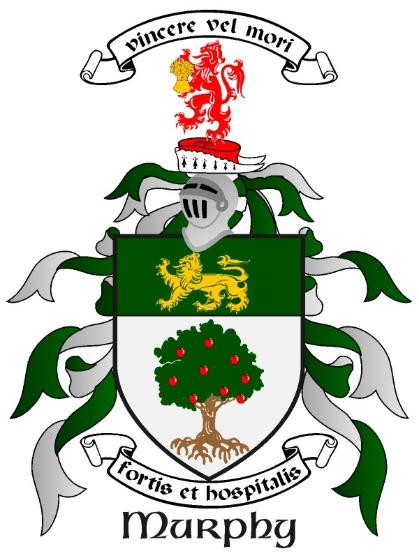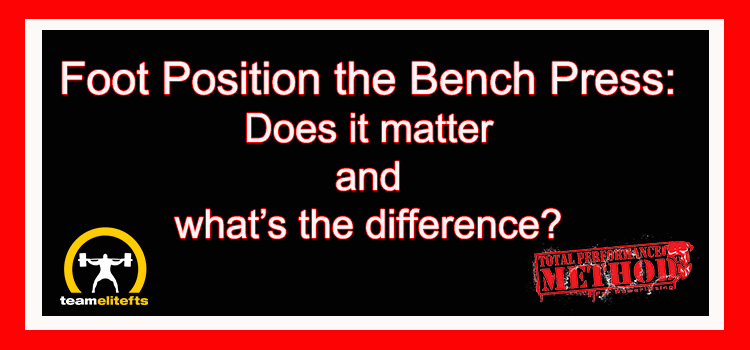
It seems that I get a lot of the same questions asked frequently, and one of the big ones is:
What’s the difference between feet in front and feet tucked back on the bench press, and why?
It’s an excellent question that I get at seminars and when training clients so I’ll give you some simple answers to make it clear.
Hip Drive in the Bench Press
Before we get into the pros and cons, let’s talk about hip drive. We all should know that we want as much hip drive as we can get but did you realize there are two types?
I call them Static and Dynamic.
Static hip drive is when you go through your set up and lock your feet in to the ground, drive the toes through the end of your shoes and then drive your hips to lock yourself and hips in place.
Dynamic hip drive is different. It’s a very active and explosive (dynamic) movement. This is when you violently drive your hip as you press the bar off your chest. Those who can time the dynamic hip drive correctly and use it well will add many pounds to a bench press.
With that out of the way, let’s go over foot position the bench press and does it matter and what’s the difference?
We have two basic foot positions in the bench press:
Feet our front
Feet tucked back
Feet out front is pretty self-explanatory. Your feet are out in front of you.
Feet tucked back is also pretty self-explanatory, you tuck your feet behind your body.
In Depth Explanations and Pros and Cons
Feet out front
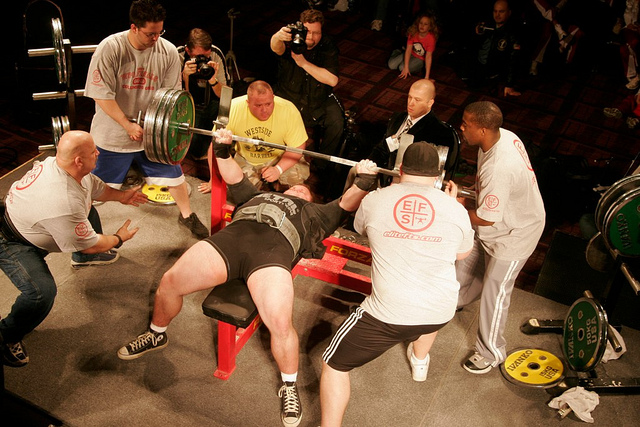
In the feet our front position we want to get the feet out in front of us in a positon where our hip is higher than our knee so that we have a continuous arch running from the belly to the knee.
A common flaw where a power leak occurs is where we see what Coach Russ of TPS calls the McDonalds arch. The McDonalds arch is where the arch between the belly, hip and knee resembles the arch of the McDonalds “M”. It rises, dips at the hips and then rises again near the knee.
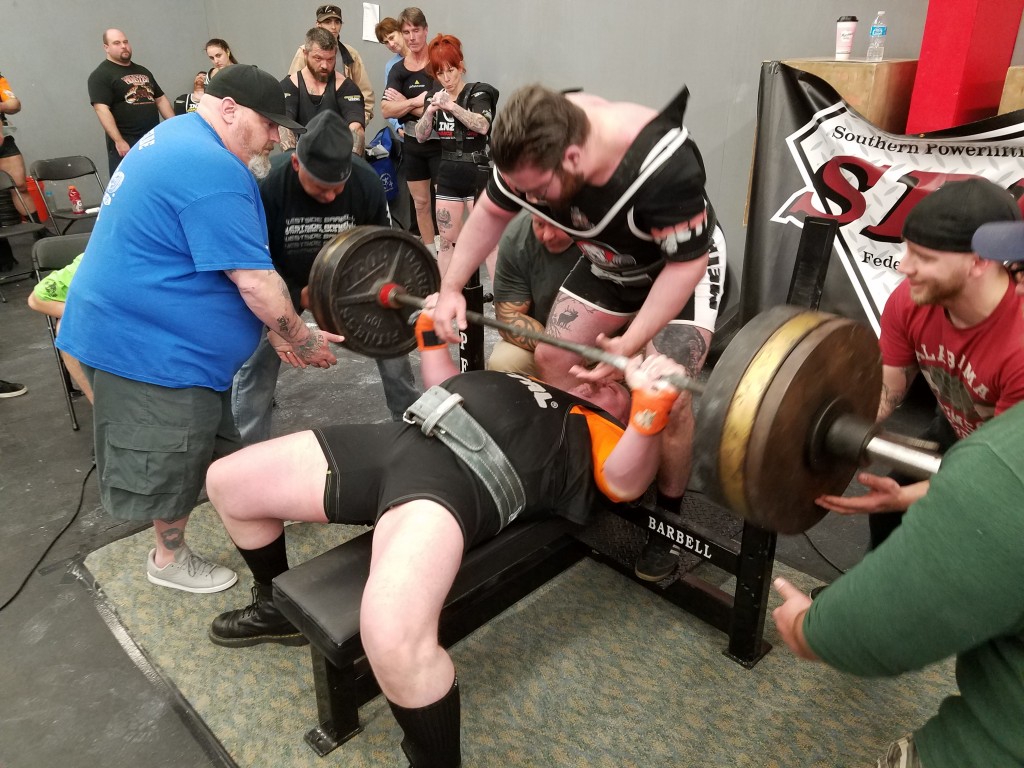
When choosing your foot position with the feet out front you want to find the spot where you have the biggest continuous arch. If you find the spot that’s just right you will not be able to get your butt off the bench as you press, and this is what we need. The booty needs to stay on the bench.
When we use the feet out front position it’s important to do a few things for maximum power transfer:
- Drive the toes through the end of the shoes
- Push the knees out as hard as possible
- Squeeze the glutes
- Drive the hips as hard as possible from handoff to the completion of the set
Sounds like a lot and it is, but it’s important for a strong bench press. You are trying to lock in and link your upper and lower body in order to utilize as much of your power as possible.
Pros of feet out front
- Quick and easy to learn
- Does not require a lot of flexibility and mobility in the hip
- Provides a ton of static hip drive
- Much less harmful shear force on lower back and hips than feet tucked back
- Allowed in all Powerlifting federations with no restrictions as far as I know
Cons of feet our front
- Very limited dynamic hip drive
- Can be difficult to find the best spot to keep your booty on the bench
Feet tucked back
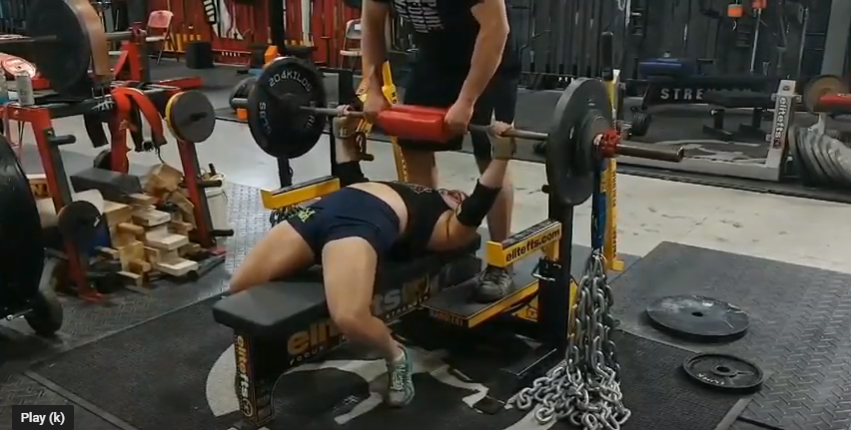
The feet tucked back position has been called the only proper way to bench press competitively by many of the best benchers on Earth. While I agree that it is AWESOME, it is not for everybody.
When tucking the feet back you need to go through a more complex set up process and you need more mobility through the hips, lower back and upper back to really do it well. It can take some time to learn it and it can be pretty uncomfortable for many. If you do choose the feet tucked back positon, be sure to maximize the arch in your UPPER back. If you do this, the lower back arch will take care of itself.
When practicing this set up you need to try and get your feet tucked back as far as possible behind you.
When we use the feet tucked back position it’s important to do a few things for maximum power transfer:
- Get your feet as far behind you as possible
- Drive your toes through your shoes
- TRY to drive your heels down-you should not be able to get them to the floor, but you need to apply heavy downward pressure through the heels
- Squeeze the bench with your knees
- Squeeze your glutes
- Apply a consistent and strong downward pressure through your heels from hand off until you begin your press
- At the last 1/2 second before you press, violently drive your toes through your shoes and your heels down HARDER until the weight is locked out (dynamic hip drive)
Pros of feet tucked back
- Allows an incredible amount of dynamic hip drive
- Allows an incredible amount of static hip drive
- Usually provides the most power transfer from lower to upper body
- When done right it allows you to bench more
- Provides the biggest arch which means the shortest pressing distance-less distance to move the weight equals more weigh lifted
Cons of feet tucked back
- More harmful shear force on the lower back and hips
- Harder to learn
- More complicated to set up
- Restrictions on where your feet can be in many federations
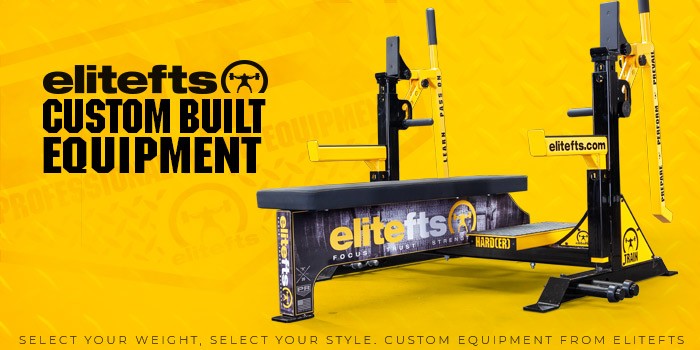
So, looking at the information above and does it matter which position you use?
Yes and no.
If you are a normal and healthy lifter with no injuries and decent hip mobility/flexibility, it does not matter and the feet tucked back may be better for you.
If you have tight hips or an injured or jacked up lower back, the feet out front is probably better for you.
One of the many things we need to recall when coaching people is the Law of Individual Differences.
This law simply states that not all bodies are the same and not every technique is correct or advised for all. We need to determine what works best for you.
Another thing to consider is that is your goal?
If you want to compete and get the biggest bench possible, AND your federation allows, the feet tucked back may be better.
In the end you need to do what works best for your body, not what someone on the internet says is best for you. If a technique causes you pain, it’s probably not the best for you. Now this doesn’t mean if you want to try feet tucked back and it’s uncomfortable for you that you should quit.
Quite the opposite.
Feet tucked back is very uncomfortable and you need to learn to acclimate to it. Pain and uncomfortable are different. The best athletes know that you must learn to become comfortable being uncomfortable.
If you ask me I suggest getting good at both.
Use the feet out front for the majority of your training and transition to feet tucked back as you approach a meet prep cycle.
Why?
Simple.
Using both will develop different strengths and eliminate weakness. In the end, isn’t training all about getting stronger and eliminating weakness?
Did you miss last week’s log?
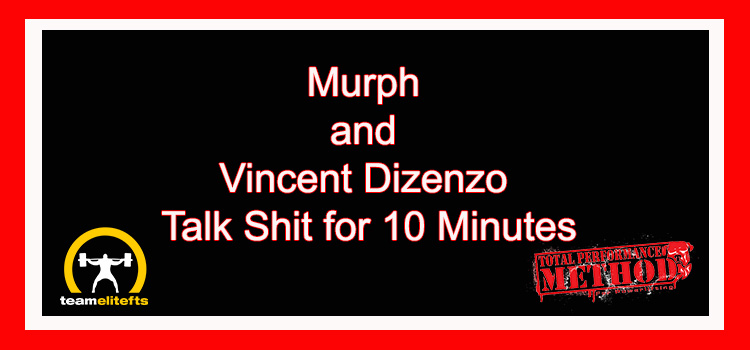
Oh, yeah, follow us on Instagram too.
@TPSMalden
@tpsmethod
DM ME QUESTIONS THERE TOO!
You might be featured in a Coaching Log
SHARE THIS!
#bostonsstrongest
Vincere vel mori
C.J. Murphy
August 5, 2021
